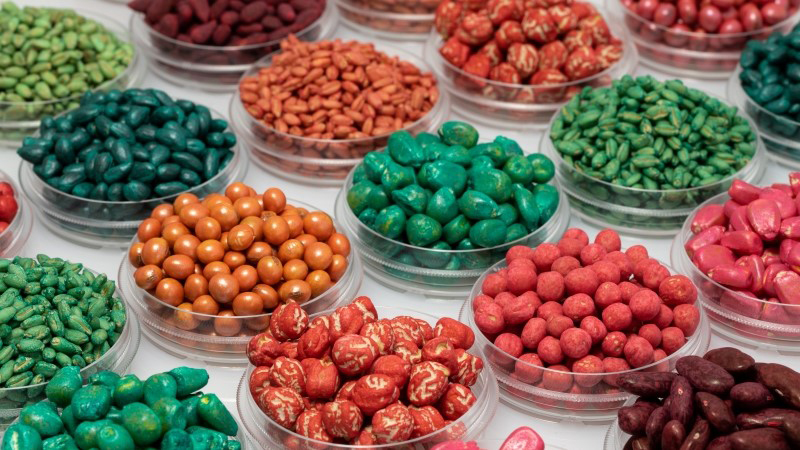Different Clays, Different K Release
When most farmers and agronomists describe the soil in a field, the two properties most often mentioned are the soil texture and the amount of soil organic matter (SOM), writes Tom Jensen, Director, North American Program, International Plant Nutrition Institute. For example, a farmer may say that a field has “mostly clay loam soils with 4% SOM.” This information is helpful but it is missing an extremely important description …that being what type, or types, of clay are present.
The clay particles in soils might be small in size, but can have huge effects on soil properties such as moisture holding capacity, formation of soil aggregates, plant nutrient storage and release, and soil tilth. By volume, most cultivated mineral soils contain a combination of the mineral soil particles (sand, silt and clay) that makes up about 55% of the soil. The remainder is comprised of SOM (1 to 6%), depending on the climate and vegetation, plus soil pores or “voids” that make up the balance of about 40%. A moist but not saturated soil has the pores filled with about half air and half water. This level of moisture and aeration is favorable to plant growth for most arable crop species.
To learn more, including what impact this has for K storage and release, visit IPNI.net.






